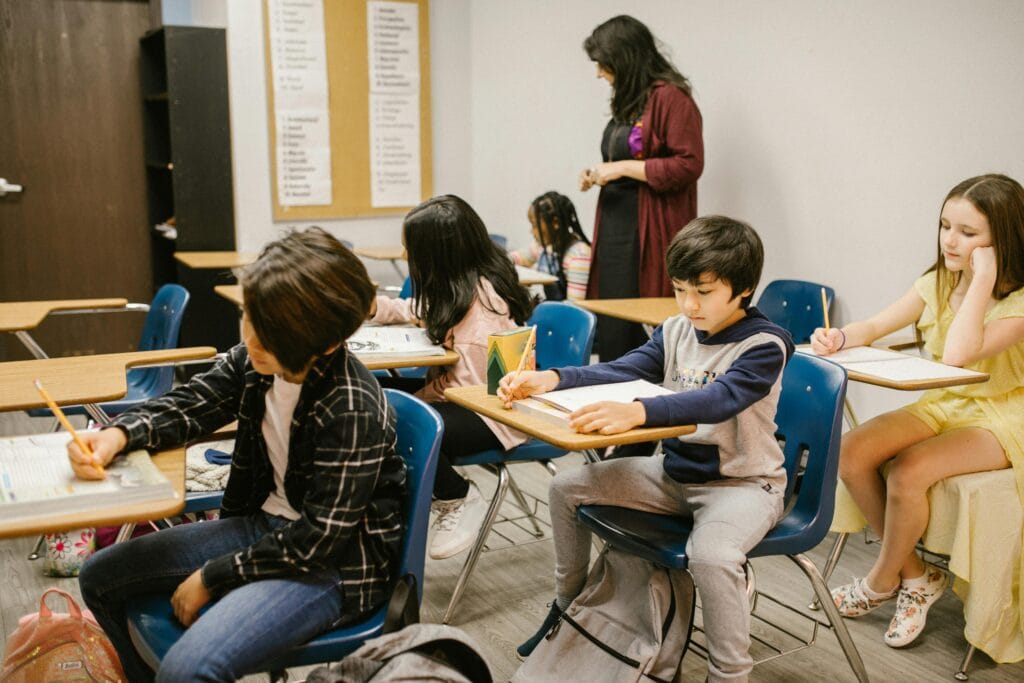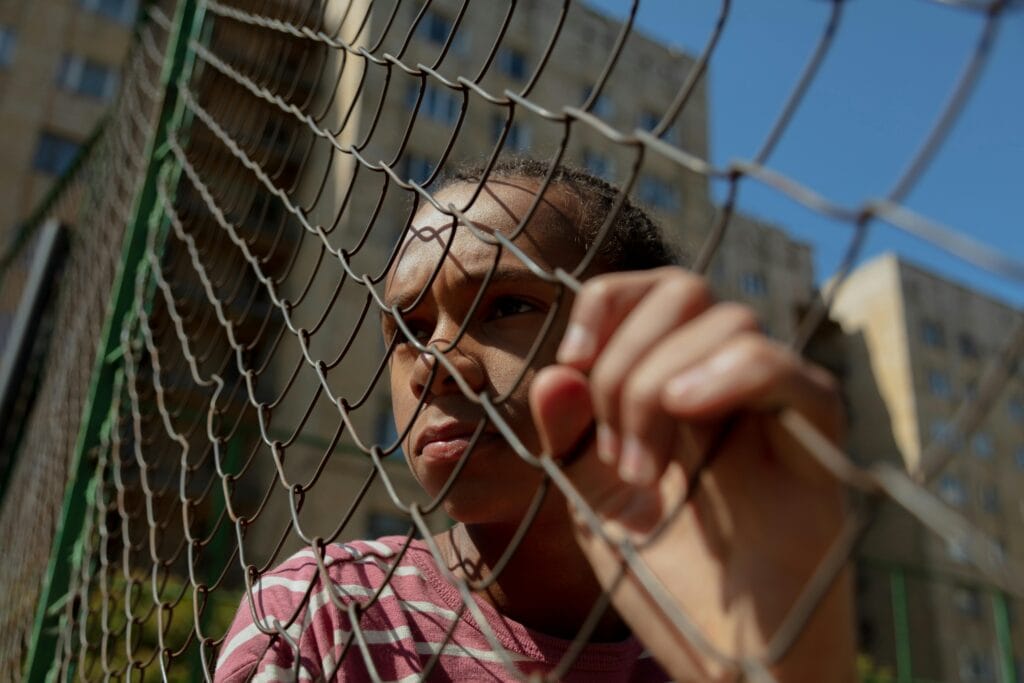As a professional teacher with 18 years of experience, a dedicated youth mentor, a public speech trainer, and a parent, I have witnessed firsthand the subtle yet significant signs of low confidence in children. Whether in my classroom or at home, these signs speak volumes about a child’s inner world. Today, I want to share some of these indicators along with insights from research and timeless quotes that underscore the importance of fostering self-belief in our youth.
1. Reluctance to Participate
One of the first signs I notice in class is when a child consistently remains silent during discussions or group activities. They often hesitate to answer questions, even when their answers are correct. I recall a student, “Grace,” who, despite knowing the material, would shrink back whenever asked to share her thoughts. Research by the American Psychological Association suggests that children with low self-esteem are more likely to avoid participation, leading to missed opportunities for learning and growth.
As Eleanor Roosevelt once quoted, “No one can make you feel inferior without your consent.” This quote reminds us that a lack of confidence often comes from an internal struggle, a feeling of inadequacy that stops children from speaking up, even when they have so much to offer.
2. Social Withdrawal and Isolation
Outside the classroom, I’ve observed that children with low confidence tend to isolate themselves from peers. They might skip social gatherings or sit alone during recess. At school, I’ve seen children sitting on the fringes of group activities, as if they fear rejection or ridicule. UNICEF studies reveal that social isolation in childhood can be a precursor to long-term mental health issues, including anxiety and depression.
When a child withdraws from social interactions, it isn’t just about shyness—it’s a signal that they may not feel worthy of friendship or acceptance.
3. Inability to Express Themselves
Both in class and at home, a common symptom of low confidence is the inability to articulate thoughts and feelings. I remember during a class presentation exercise, one of my students, “Sam,” struggled to defend his ideas. His voice would drop, and his eyes would wander, a clear sign that he felt unprepared to stand up for his beliefs. Research has shown that children with low self-esteem often experience difficulty in expressing themselves clearly, which can hamper both academic and personal growth.
“You have been criticizing yourself for years, and it hasn’t worked. Try approving of yourself and see what happens.” Louise L. Hay said. This quote perfectly encapsulates the internal battle that many children face, emphasizing the need for self-compassion as a stepping stone to better communication.
4. Academic Underperformance

Low confidence doesn’t just affect social interactions, it also has the potential to impact academic performance. Children who are not confident in their abilities often underperform in class because they doubt their capacity to succeed. I’ve seen students who know the material but refrain from engaging, leading to lower grades and a cycle of self-doubt. Studies have found a strong correlation between self-esteem and academic achievement, as confidence is a key driver of perseverance and motivation. Watch you child’s performance from now, if it drops, think beyond subject material but confidence as well.
5. Vulnerability to Negative Influences
Perhaps one of the most dangerous aspects of low confidence is how it makes children more susceptible to negative influences. Whether it’s bullying or more severe issues like abuse and early forced marriage (a particularly pressing concern in some African communities), children who lack self-worth are at risk. They may feel powerless to defend themselves or challenge harmful practices, reinforcing a cycle of vulnerability. The World Health Organization and UNICEF have both highlighted how low self-esteem can leave children open to exploitation and abuse.
My plea
Recognizing these signs is the first step in helping our children build a stronger, more resilient sense of self. As parents, teachers, and mentors, it’s our responsibility to create environments where every child feels valued and empowered. By encouraging active participation, fostering open communication, and celebrating every small success, we can help our children overcome their fears and embrace their potential.
In my next blog post, I will explore practical strategies to mitigate these challenges and build confidence in our youth. Together, we can ensure that every child is equipped to face the world with self-assurance and strength.
Thank you for taking the time to read this post. Let’s work together to transform low confidence into a foundation for lifelong success.
—
Tr. Arthur
Speech Focus Africa
Professional Teacher, Youth Mentor, Public Speech Trainer, and Parent
Stay tuned for actionable tips and proven methods in my next post on building confidence in children!



